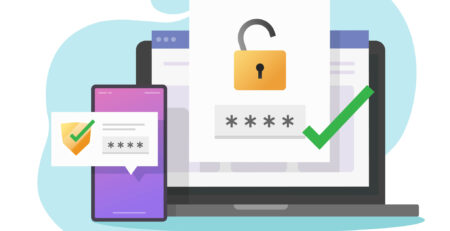Navigating IT Service Level Agreements (SLAs)
In the intricate world of IT services, Service Level Agreements (SLAs) stand as critical contracts that delineate the level of service a client can expect from a vendor. While navigating SLAs can be a daunting task, adopting a strategic approach can empower businesses to extract maximum value from their IT service providers.
The Anatomy of SLAs
An SLA is a meticulously crafted document that outlines the performance metrics, service quality, and penalties associated with the service. It’s of paramount importance to thoroughly comprehend these terms before entering into an SLA.
Performance Metrics
Performance metrics, also known as Key Performance Indicators (KPIs), serve as a yardstick to measure the efficiency of the service. Common KPIs include uptime, response time, and resolution time. It’s crucial to ensure these metrics are in alignment with your business objectives.
Service Quality
Service quality encapsulates the overall experience of utilizing the service. It encompasses factors such as customer service, communication, and issue handling. An SLA that promises superior service quality is always a good choice.
Penalties
Penalties come into play when the service provider falls short of meeting the agreed-upon standards. These could take the form of credits, refunds, or even contract termination. It’s essential to ensure the penalties are just and provide adequate compensation.
Strategies for Effectively Navigating SLAs
Effectively navigating SLAs requires a well-thought-out strategy. Here are some best practices:
Define Your Requirements
Before entering into an SLA, it’s crucial to clearly define your business’s IT requirements. This includes identifying the services you need, the desired performance level, and the acceptable downtime.
Regularly Review the SLA
As your IT needs evolve over time, it’s important to regularly review your SLA to ensure it continues to meet your business needs. Don’t hesitate to request changes if necessary.
Monitor Performance
Continuous monitoring of the service provider’s performance against the SLA is key. Use the defined KPIs as a measure of their performance.
Maintain Open Communication
Maintaining open and regular communication with your service provider is crucial. Any issues or concerns should be promptly discussed.
Navigating IT Service Level Agreements is critical for businesses looking to get the most out of their IT service providers. By understanding the terms of the SLA, defining your requirements, regularly reviewing the agreement, monitoring performance, and maintaining effective communication, businesses can ensure they receive the high-quality IT services they need.











Leave a Reply